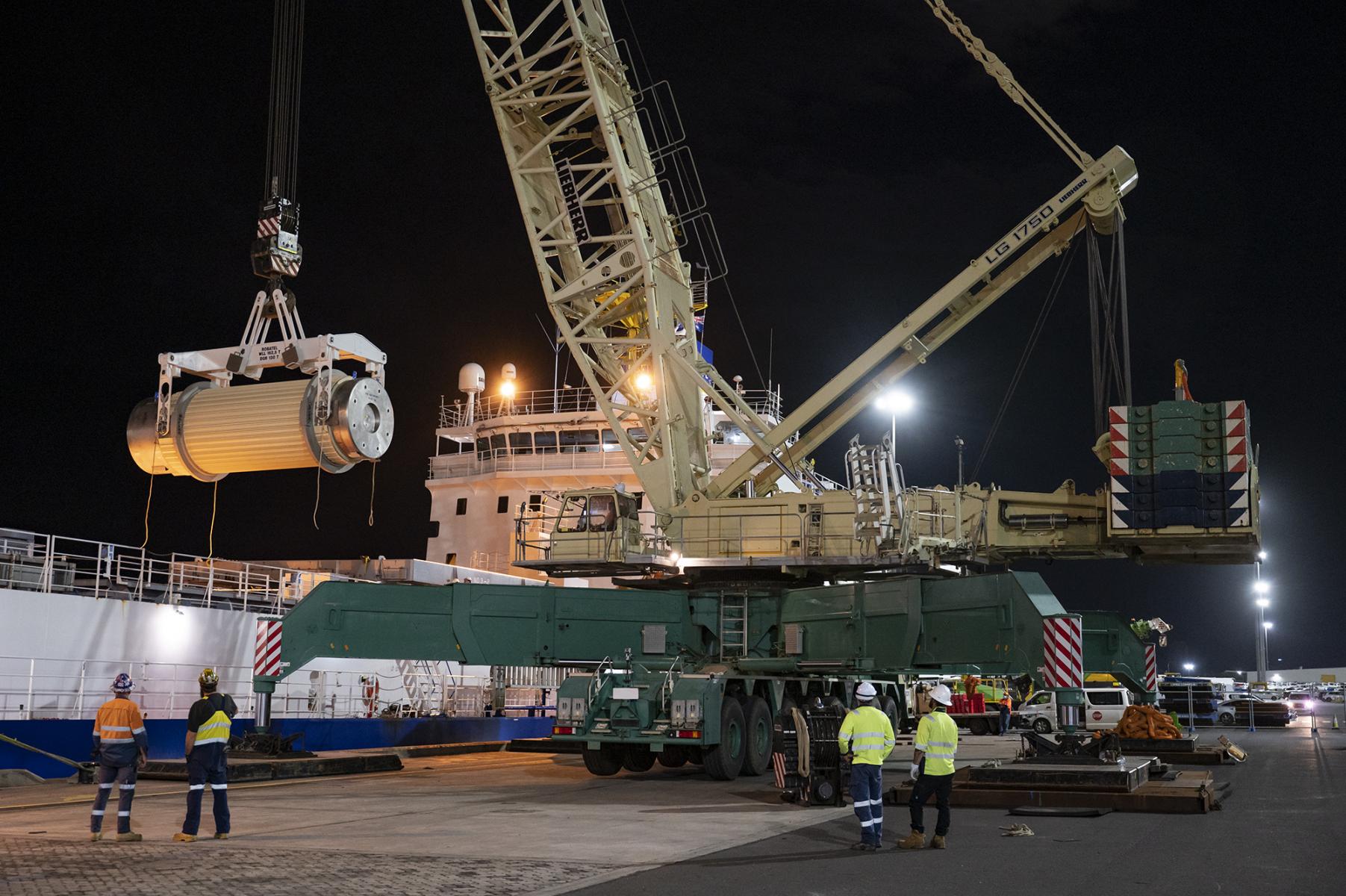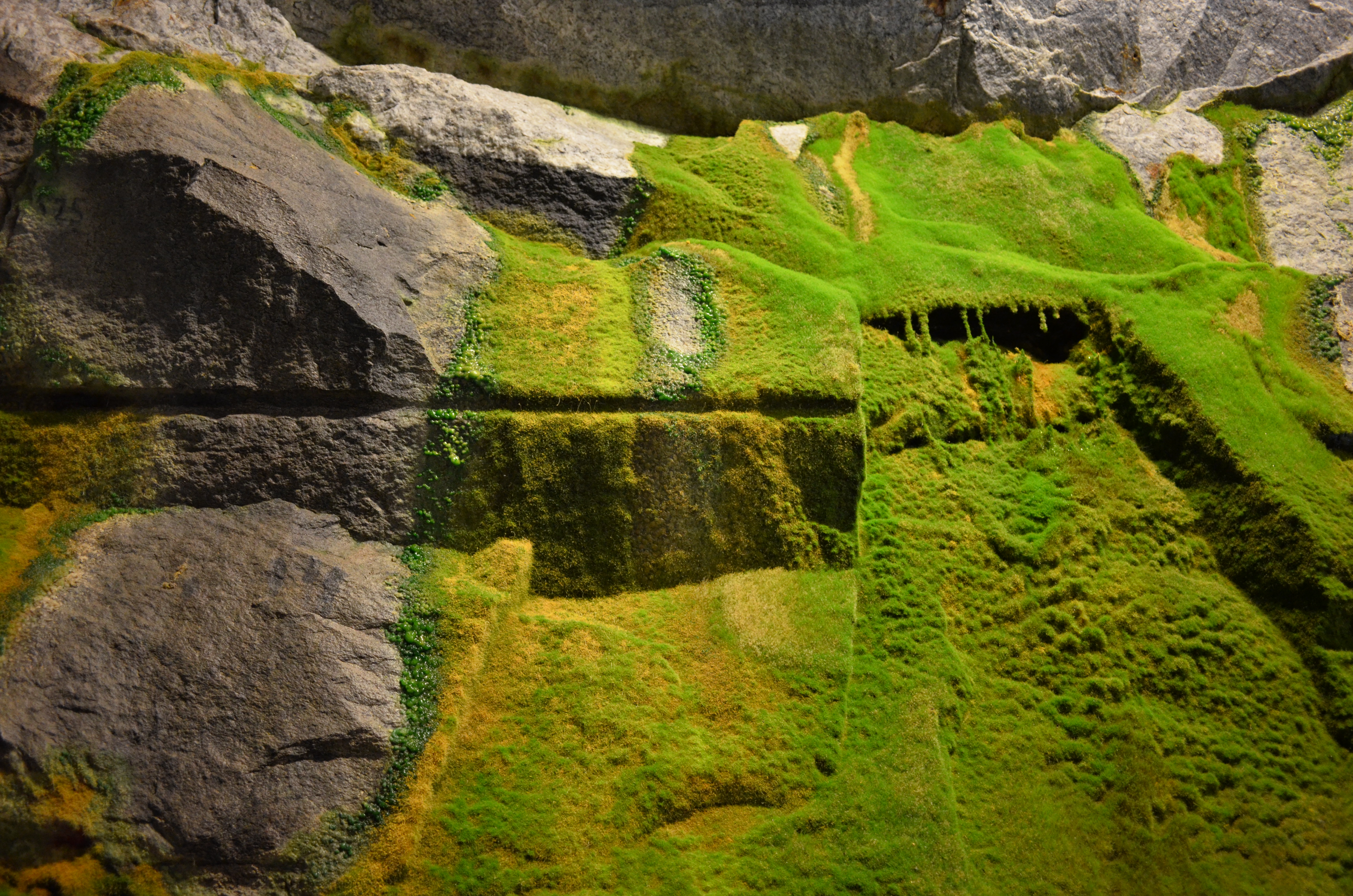
The civilian and militaristic applications of nuclear technology—from the legacy remains from nuclear medicine and research (i.e. ANSTO) to the potential leftovers from nuclear-propelled submarines (i.e. AUKUS)—produce radioactive wastes that must be isolated from people and the biosphere for up to 5,000 generations into the future. Working with the First Nations-led Australian Nuclear Free Alliance (est. 1997), this co-designed project will investigate international best practice in siting both low- and high-level nuclear waste repositories to inform Australian policy and activism consistent with the United Nations Declaration on the Rights of Indigenous Peoples which demands “free, prior and informed consent”.
Principal investigator/s: N.A.J. Taylor with the First Nations-led Australian Nuclear Free Alliance︎Sponsors: The University of Technology Sydney
Funding: $550,000

Australia is both home to the world’s oldest continuous cultures, as well as one third of all the known uranium on Earth. Australia is therefore a critical site for understanding the nuclear fuel cycle as future cultural and environmental heritage.︎
Principal investigator/s: N.A.J. Taylor︎Sponsors: Deakin University, Killam Trusts, and The University of British Columbia
Funding: $350,000 (internal, incl. salary)
Key output/s: a living digital humanities project︎ and a series of scholarly publications

Richard Routley/Sylvan is widely regarded as having pioneered the academic subfield of Environmental Philosophy. Less well known are his contributions to nuclear thought which were mostly self-published from his office in the 1970s and 80s. Through archival research, this project performs the most thoroughgoing investigation into Sylvan’s nuclear ethics and politics ever undertaken.︎
Principal investigator: N.A.J. Taylor︎ Institutional partner: John Denis Fryer Memorial Library of Australian Literature︎
Sponsors: The University of Queensland and Deakin University’s Centre for Contemporary Histories
Funding: $20,000 (external + in kind) + $7,500 (internal)
Key outputs: a monograph and companion Omeka digital exhibition︎

Under contract to Palgrave Macmillan’s global outreach programme, this sole-authored book project asks what role visual images and artefacts play in the American, British and French nuclear imaginary, but also for the enduring experience and representation of nuclear colonialism in Oceania. Doing so not only remedies the relative neglect of Oceania in the nuclear literature despite its central role in the development of the American, British and French nuclear weapon capabilities, but also contributes to the broader “visual turn” currently underway in International Relations by offering a better scholarly understanding of one of the discipline’s central concerns: nuclear security and survival.
Principal investigator: N.A.J. Taylor︎
Key output: a monograph under advanced contract Palgrave Macmillan

I began making photographs of Australian uranium mining sites in the early 2000s whilst working as an applied ethicist in the institutional investment industry, although I did not begin exhibiting or publishing my nuclear photography until 2009. The process of making photographic images, and the decision to publish some of them, has increasingly informed how I both comprehend and communicate the spatial and temporal enormity of nuclear harms. To date fieldwork of nuclear sites has been conducted in Australia, Belgium, England, Estonia, France, Germany, Finland, Iran, Israel, Scotland, South Africa, Sweden, Switzerland, and the United States. I am a active member of the Advisory Board of the Atomic Photographers Guild which was established in 1987.︎
Principal investigator: N.A.J. Taylor︎
Institutional partner/s: Atomic Photographers Guild︎
Key output: an award-winning essay︎
Principal investigator: N.A.J. Taylor︎
Institutional partner/s: Atomic Photographers Guild︎
Key output: an award-winning essay︎